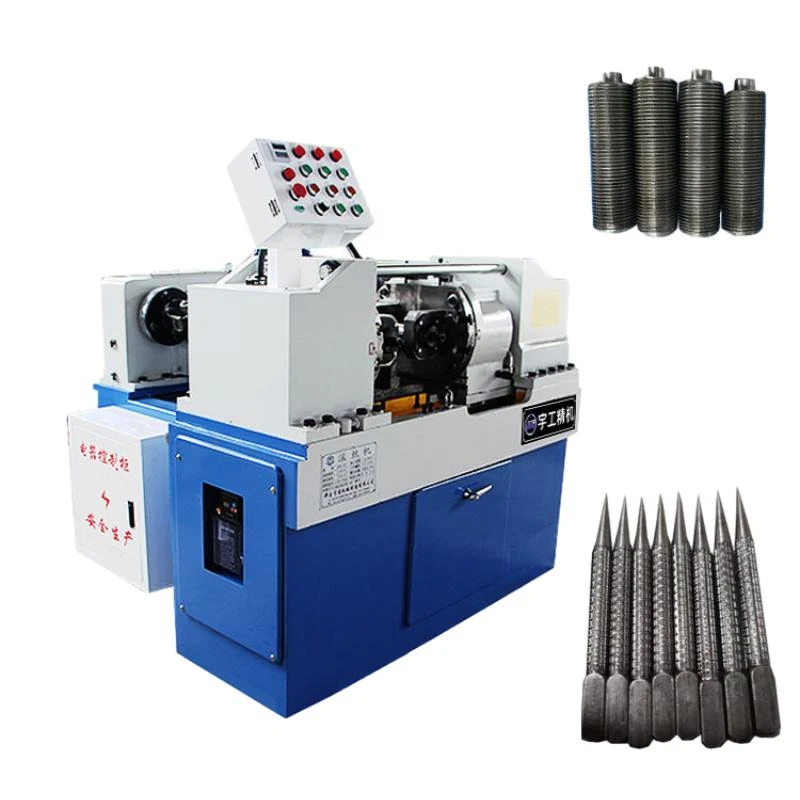
-
 Afrikaans
Afrikaans -
 Albanian
Albanian -
 Amharic
Amharic -
 Arabic
Arabic -
 Armenian
Armenian -
 Azerbaijani
Azerbaijani -
 Basque
Basque -
 Belarusian
Belarusian -
 Bengali
Bengali -
 Bosnian
Bosnian -
 Bulgarian
Bulgarian -
 Catalan
Catalan -
 Cebuano
Cebuano -
 Corsican
Corsican -
 Croatian
Croatian -
 Czech
Czech -
 Danish
Danish -
 Dutch
Dutch -
 English
English -
 Esperanto
Esperanto -
 Estonian
Estonian -
 Finnish
Finnish -
 French
French -
 Frisian
Frisian -
 Galician
Galician -
 Georgian
Georgian -
 German
German -
 Greek
Greek -
 Gujarati
Gujarati -
 Haitian Creole
Haitian Creole -
 hausa
hausa -
 hawaiian
hawaiian -
 Hebrew
Hebrew -
 Hindi
Hindi -
 Miao
Miao -
 Hungarian
Hungarian -
 Icelandic
Icelandic -
 igbo
igbo -
 Indonesian
Indonesian -
 irish
irish -
 Italian
Italian -
 Japanese
Japanese -
 Javanese
Javanese -
 Kannada
Kannada -
 kazakh
kazakh -
 Khmer
Khmer -
 Rwandese
Rwandese -
 Korean
Korean -
 Kurdish
Kurdish -
 Kyrgyz
Kyrgyz -
 Lao
Lao -
 Latin
Latin -
 Latvian
Latvian -
 Lithuanian
Lithuanian -
 Luxembourgish
Luxembourgish -
 Macedonian
Macedonian -
 Malgashi
Malgashi -
 Malay
Malay -
 Malayalam
Malayalam -
 Maltese
Maltese -
 Maori
Maori -
 Marathi
Marathi -
 Mongolian
Mongolian -
 Myanmar
Myanmar -
 Nepali
Nepali -
 Norwegian
Norwegian -
 Norwegian
Norwegian -
 Occitan
Occitan -
 Pashto
Pashto -
 Persian
Persian -
 Polish
Polish -
 Portuguese
Portuguese -
 Punjabi
Punjabi -
 Romanian
Romanian -
 Russian
Russian -
 Samoan
Samoan -
 Scottish Gaelic
Scottish Gaelic -
 Serbian
Serbian -
 Sesotho
Sesotho -
 Shona
Shona -
 Sindhi
Sindhi -
 Sinhala
Sinhala -
 Slovak
Slovak -
 Slovenian
Slovenian -
 Somali
Somali -
 Spanish
Spanish -
 Sundanese
Sundanese -
 Swahili
Swahili -
 Swedish
Swedish -
 Tagalog
Tagalog -
 Tajik
Tajik -
 Tamil
Tamil -
 Tatar
Tatar -
 Telugu
Telugu -
 Thai
Thai -
 Turkish
Turkish -
 Turkmen
Turkmen -
 Ukrainian
Ukrainian -
 Urdu
Urdu -
 Uighur
Uighur -
 Uzbek
Uzbek -
 Vietnamese
Vietnamese -
 Welsh
Welsh -
 Bantu
Bantu -
 Yiddish
Yiddish -
 Yoruba
Yoruba -
 Zulu
Zulu
Optimal Setup Techniques for Thread Rolling Machines for Maximum Efficiency
The Best Thread Rolling Machine Setup Optimizing Efficiency and Precision
In today's manufacturing landscape, precision and efficiency are paramount for success. One of the key processes that contribute to achieving these goals is thread rolling. A thread rolling machine, which forms threads on cylindrical workpieces through cold working, is an essential tool in various industries, from automotive to aerospace. However, to harness the full potential of a thread rolling machine, having the best setup is crucial. This article will outline the fundamental aspects to consider for creating an optimal thread rolling machine setup.
Understanding Thread Rolling
Thread rolling is a process where threads are formed by displacing material rather than cutting. This method not only enhances the strength of the threads but also improves surface finish and dimensional accuracy. The process involves using cylindrical dies that compress the material as it is rolled between them, thus creating the desired thread profile.
Key Components of a Thread Rolling Machine Setup
1. Die Selection The selection of the right dies is critical for achieving the desired thread specifications. Dies come in various shapes and sizes, which must align with the thread type and the material being worked on. It is essential to ensure that the die material is compatible with the workpiece material to prevent wear and to maintain precision.
2. Machine Calibration Proper calibration of the thread rolling machine is vital. This process involves adjusting the machine’s settings, such as speed, pressure, and alignment, to optimize the rolling process. Regular maintenance and checks should be conducted to ensure that the calibration remains accurate over time.
best thread rolling machine setup

3. Material Preparation The quality of the material used plays a significant role in the thread rolling process. Bar stock should be properly cleaned and free of contaminants such as oil, rust, or dust. Additionally, the material should be of uniform diameter, as inconsistencies can lead to poor thread formation and potentially damage the dies.
4. Setup Procedure A systematic setup procedure can streamline operations and reduce the chance of errors. Operators should start by securing the workpiece in place, ensuring that it is correctly aligned with the thread rolling dies. Then, the machine should be set to the appropriate speed and pressure, taking into consideration the type of material and the desired thread dimensions.
5. Monitoring and Adjustments Once the machine is operational, it is essential to continuously monitor the thread rolling process. Operators should be vigilant about any unusual noises, vibrations, or fluctuations in pressure, which could indicate problems. Regular inspections of the finished threads can help ensure that they meet quality standards. If discrepancies are observed, adjustments should be made to rectify the issue.
6. Operator Training Skilled operators are the backbone of an efficient thread rolling operation. Proper training in machine setup, operation, and troubleshooting can significantly enhance productivity and reduce downtime. Comprehensive training programs that cover not only the operational aspects but also the importance of safety can lead to a more competent workforce.
Conclusion
Setting up a thread rolling machine for optimum performance requires careful consideration of various factors, including die selection, machine calibration, material preparation, and operator training. By focusing on these critical components, manufacturers can significantly improve their production efficiency and thread quality. Ultimately, the best setup is one that promotes precision, reduces waste, and enhances the overall manufacturing process. As industries continue to evolve, staying updated with the latest technologies and best practices will be essential for competitive advantage in the realm of thread rolling.
